
Why a Swiss billionaire is helping elephants in Kenya
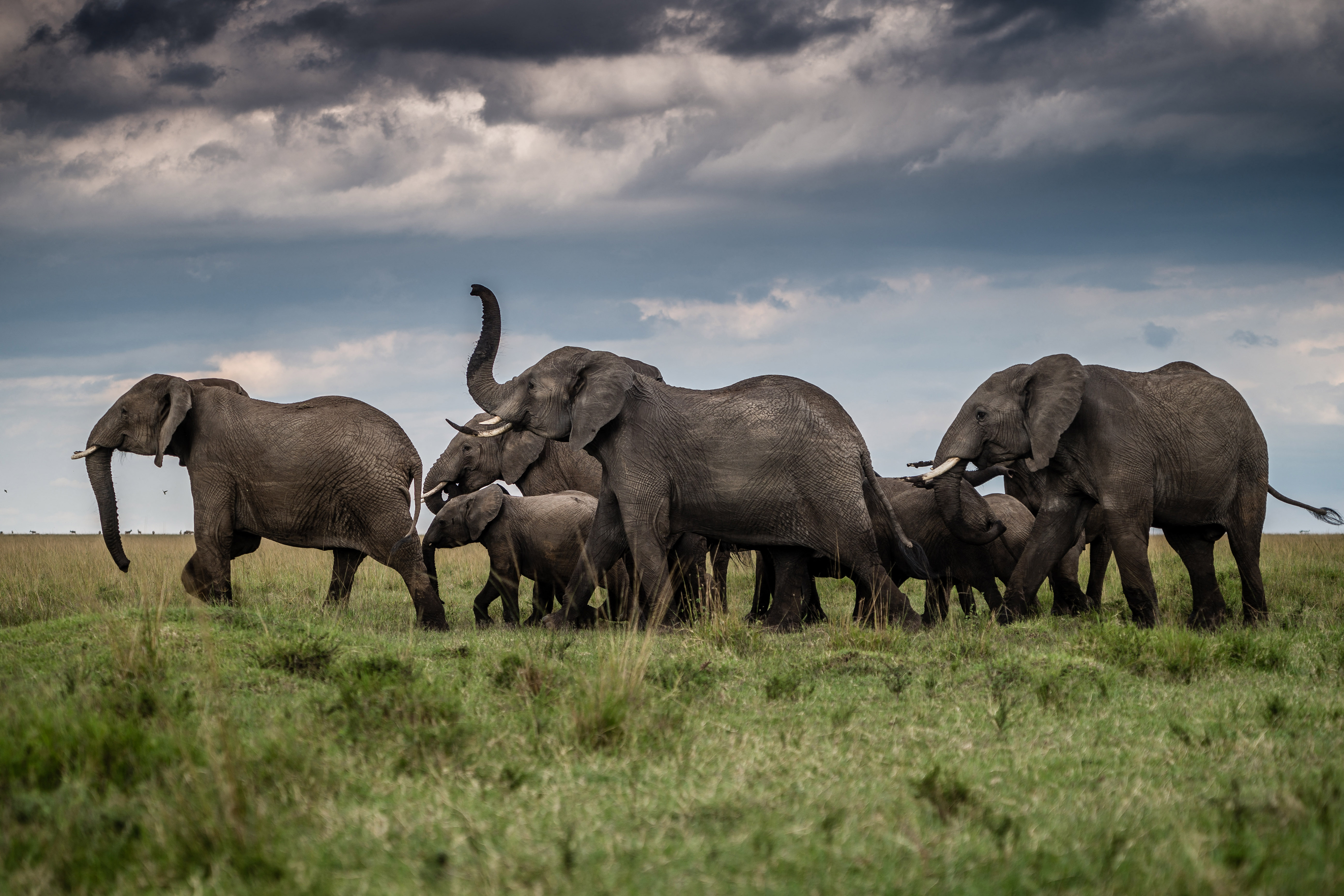
In Kenya the Wyss Academy For Nature, endowed with CHF100 million ($115 million), is investing in projects to protect elephants and combat desertification. The foundation has an ambitious goal: rethinking development aid.
The cement stele should be in the photo. But the lettering “Wildlife and Livestock Corridor” is almost unrecognisable, as pieces have broken off everywhere. “Children and goats have vandalised it,” says Benjamin Loloju with a laugh. Loloju, a surveyor, is from the area. He has worked for the NGO Save The ElephantsExternal link for many years.
It’s midday on a sultry day in April and clouds are already gathering on the horizon. It is the rainy season and the savannah is unusually green. The last contiguous stretches of savannah in Kenya lie north of Mount Kenya, but they too are coming under pressure from gigantic infrastructure plans: transport corridors and artificial cities.
More and more is being built along the motorway between the district capital Isiolo and the Ethiopian border. There is a lack of regulated spatial planning. However, the ecosystems of the highlands around Mount Kenya and the lower-lying dry savannahs in the north must remain connected if the elephants are to survive.
“Elephants are the engineers of the ecosystem,” Loloju says. The pachyderms cover hundreds of kilometres on their migrations. They spread various plant species over a large area through their faeces. The rule of thumb is: where elephants live, biodiversity isn’t doing too badly. And the soil stays cooler in a healthy savannah.
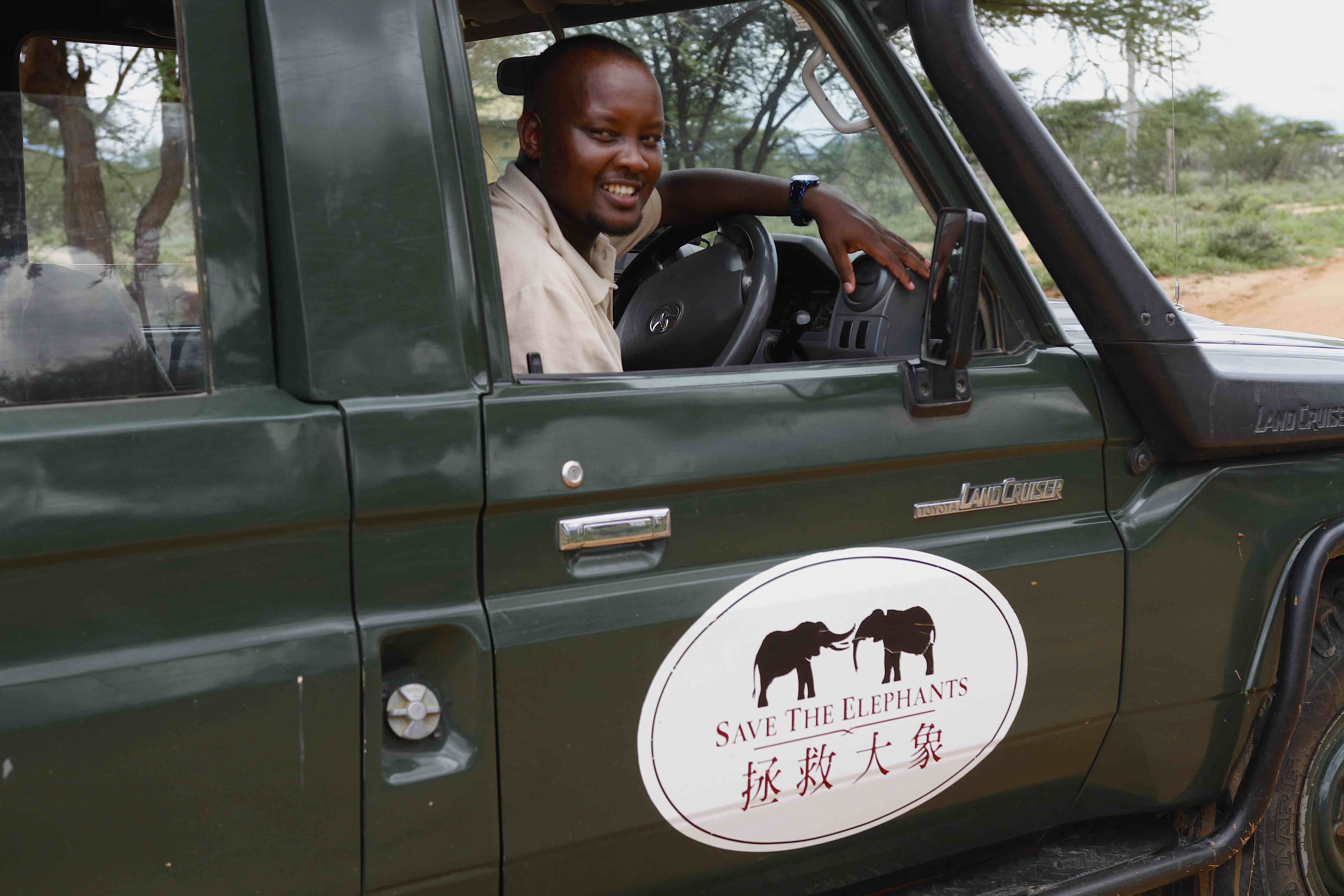
Save The Elephants has a total of eight tongues of land with a diameter of around 300 metres. These are corridors through which elephants and other wild animals can continue to roam undisturbed, areas on which no houses are built.
The money for this also comes from Switzerland. The Wyss Academy For NatureExternal link is co-financing the programme and is a partner in protecting the last remaining open elephant migration routes in East Africa.
The Wyss Academy For Nature is committed to nothing less than a “new relationship with nature”. The research centre at the interface of climate, landscape use and biodiversity protection was founded four years ago by Swiss entrepreneur Hansjörg Wyss together with the University of Bern.
The joint venture is active at four locations worldwide with the aim of promoting local strategies to protect nature and people. The aim is to combine local and academic knowledge in participatory research approaches. The aim is an open-ended search for solutions that are less determined by the rich North.
Wyss, who is now 88 and lives in the US, grew up in Bern. He worked for various companies such as Chrysler and Monsanto before acquiring a stake in the US subsidiary of bone implant manufacturer Synthes. He reorganised the company and sold his shares to Johnson & Johnson in 2011 for a sum in the billions.
In recent years, Wyss has made a name for himself as a patron of the arts, including the purchase of London football club Chelsea.
Elephants ‘mamas’
Christine Lekiluai, Evaline Lesuuper and Esther Lenakwawi are experienced in dealing with the media. They agree to the press appointment at a rate of CHF8 ($9.25) each. On the short drive from the meeting point on the motorway through the bushy hinterland, in a few simple steps they put on their traditional necklaces made of glass beads.
The three women belong to the Samburu, a Nilotic people in northern Kenya. On behalf of Save The Elephants, they work as “Mama Tembos”. Tembo means elephant in the local Swahili language.
A total of 16 women document the movements of livestock and wild animals as well as incidents between humans and animals in the eight corridors between protected areas north of Mount Kenya. They use a mobile phone app to do this.
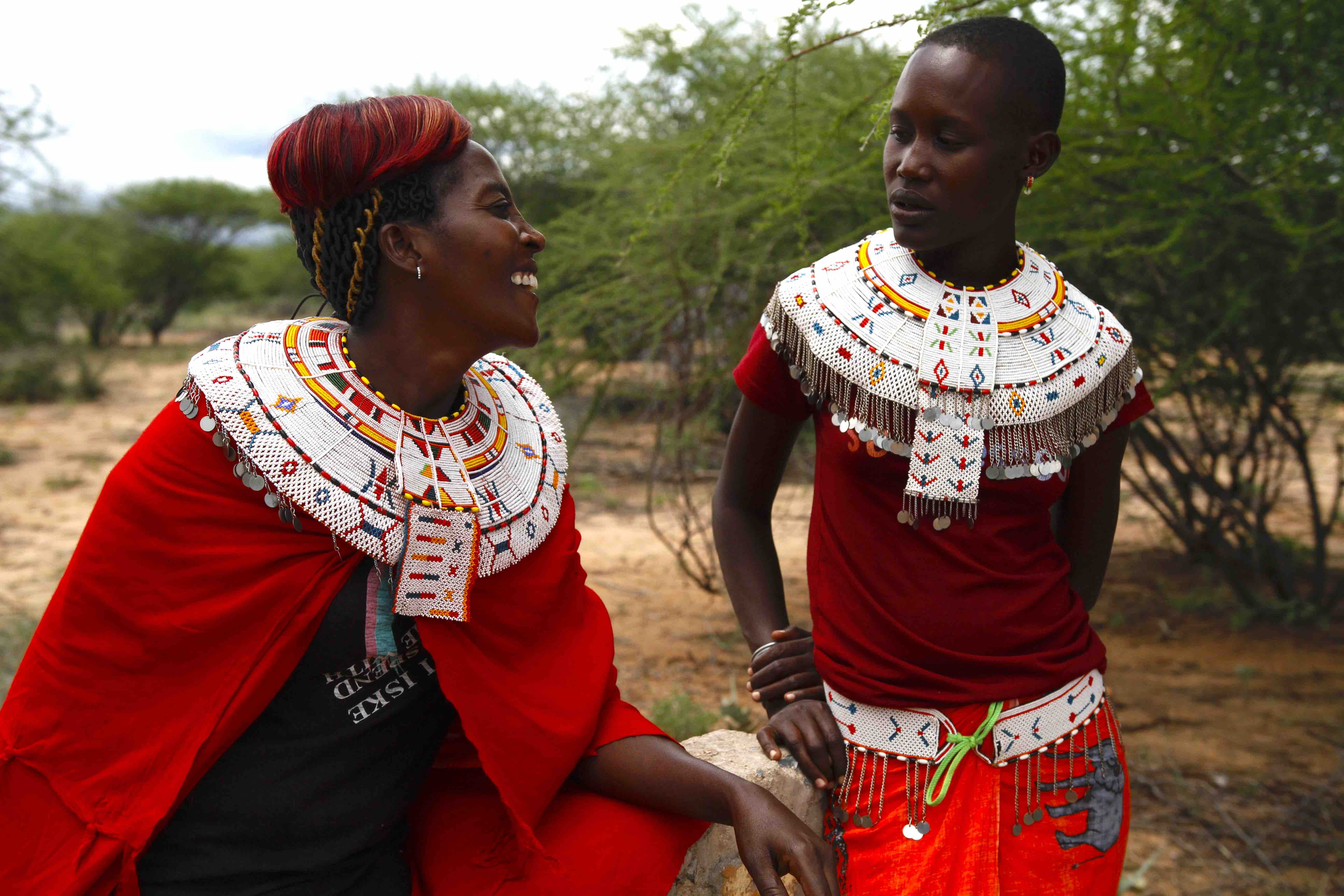
“We patrol four times a week and spread the conservation message in our community,” Lesuuper says in the shade of an acacia tree. During the last drought, for example, a young elephant came too close to the settlement and children began to provoke the animal. “We called a meeting to explain to the mothers that the children should stop doing this.”
In recent years, the Mama Tembos have made the community aware of the issue, also arguing that the wild animals are good for their lives because they have an income thanks to the animals. “I love this work and I love elephants, just like our farm animals, they are just as important,” Lekiluai says.
Shared habitat
The development dilemma in the Global South boils down to the question of who pays the price for the economic upturn. Those affected by climate change are often those who have contributed the least to the greenhouse effect and species extinction through their lifestyle: the indigenous peoples in the last remaining primeval forests of South America and South-East Asia or the semi-nomadic peoples of East Africa.
It’s ironic that the Samburu, who traditionally live in coexistence with the animals in the savannahs and see the elephants spiritually on an equal footing with humans, are being told about the importance of elephant conservation.
Contrary to the cliché of unspoilt nature, savannahs are cultivated landscapes: 70% of Kenya’s wild animals live outside the protected areas and have shared the terrain with humans.
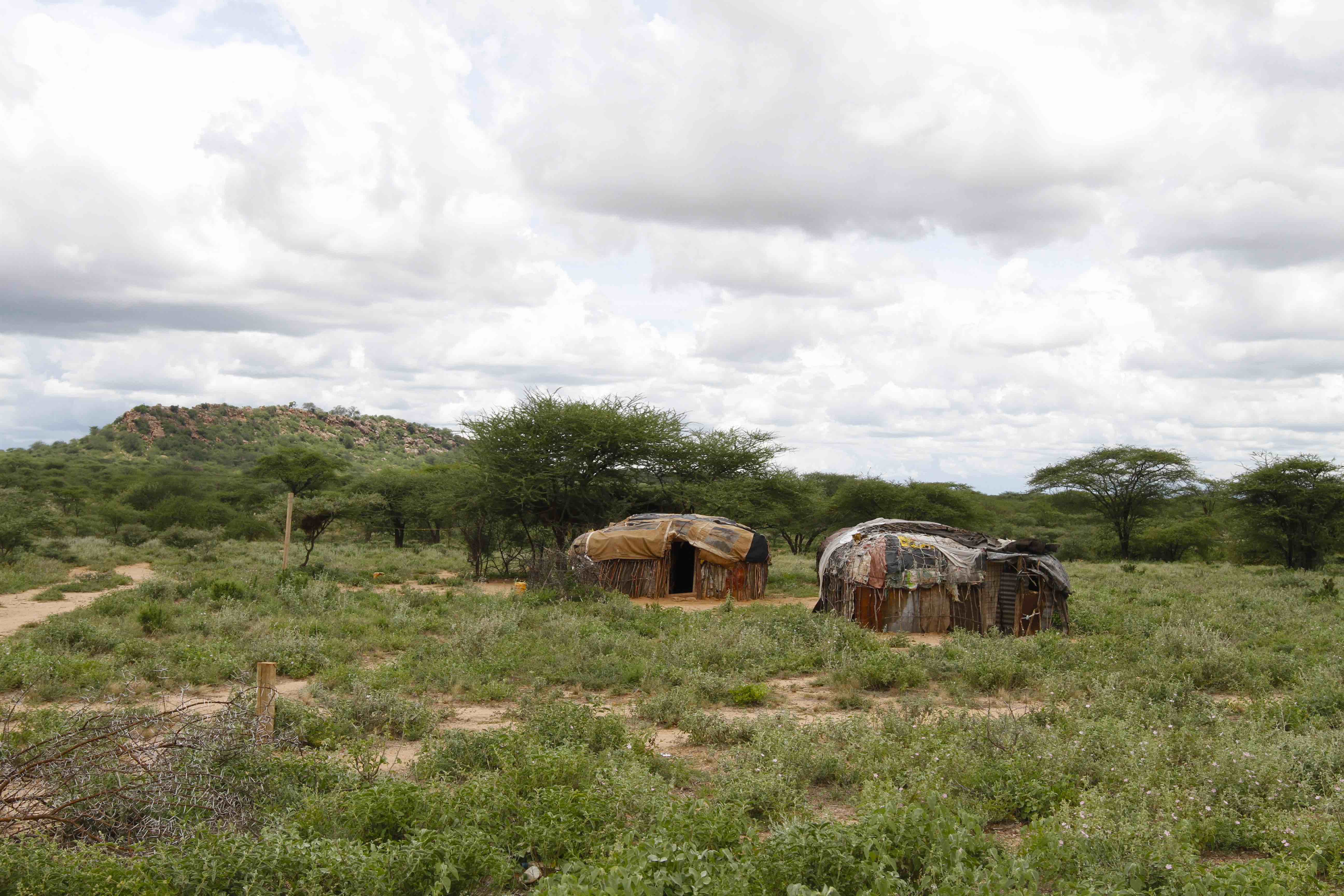
The lifestyle of the pastoralists of northern Kenya has been adapted to the landscape, wild animals and plants for centuries. In the rhythm of the changing dry and rainy seasons, they follow the watercourses, springs and grazing areas.
It was only with the federalisation of Kenya in 2010 that the development of the vast north began to gather pace. Transport routes between the oil reserves and the coasts of the Indian Ocean and the accompanying urbanisation cut up the vast plains, and with them the habitat of the big game and the grazing land.
In the meantime, the lower-lying dry savannahs north of Mount Kenya are also under pressure. Only legally enshrined spatial planning and regulation of land use can save the elephants’ migration routes and the culture of the herders.
Protected areas are not a solution
The migration routes of the wild animals around Mount Kenya were interrupted by the cattle farms of the British settlers during colonisation over a hundred years ago. In the meantime, many of the farms have been transformed into protected areas for endangered species. They are fenced in, which limits the grazing land for the herders.
Andreas Heinimann, a scientist from the Wyss Academy and the University of Bern, researches land systems and biodiversity and coordinates the development of the three Wyss Academy For Nature sites in the Global South. He is convinced that the coexistence of pastoralists and wild animals is crucial for the future of the landscape – demarcating protected species areas alone is not enough.
Both forms are needed, he says. “What we wanted to show in our research over the last few years is that the sum of all ecological services is often higher in multifunctional, small-scale structured landscapes than in ‘landsparing’, where protected areas are separated from large monoculture agricultural areas, as certain ecological services can also be transported to a limited extent, for example pollination.”
The condition of the billionaire
The Wyss Academy also believes that integrative approaches are essential for the protection of people and biodiversity. Hansjörg Wyss has made CHF100 million available to the competence centre for its work in the three hubs in Peru, Laos and East Africa over a period of ten years. The condition was that canton Bern and the University of Bern also provide CHF50 million each over the same period, but to pursue specific projects in canton Bern.

The Wyss Academy has an ambitious mission: the decentralisation of applied research. The institution sees itself as a mediator between citizens’ initiatives and NGOs. It wants to be a catalyst for change for the better, such as the preservation of endangered habitats and social upliftment in the Global South.
For canton Bern, it is a prestige project to position the university as an internationally renowned centre of excellence for interdisciplinary research. Or as Heinimann puts it: “The University of Bern was able to convince the philanthropist that research can make a significant contribution to ensuring that people and the environment benefit equally.”
From pastureland to desert
A little further south of the elephant corridor in the village of Kimanjo, entrepreneur Emanuel Miliko is looking for ways to bring about social upliftment that will benefit the Maasai population in the Naibunga Community conservation area. It is located on the northern edge of the Laikipia Plateau, three hours’ drive from the provincial capital of Nanyuki, at the foot of Mount Kenya.
During the rainy season, the dirt road is in a desolate state. The worst erosions are temporarily plugged with bushes and sandbags to keep the road passable.
Miliko leads a group of young men and women called the Green Earth Warriors. They are the driving force behind a large-scale land regeneration project that was triggered by the droughts of the last three years.
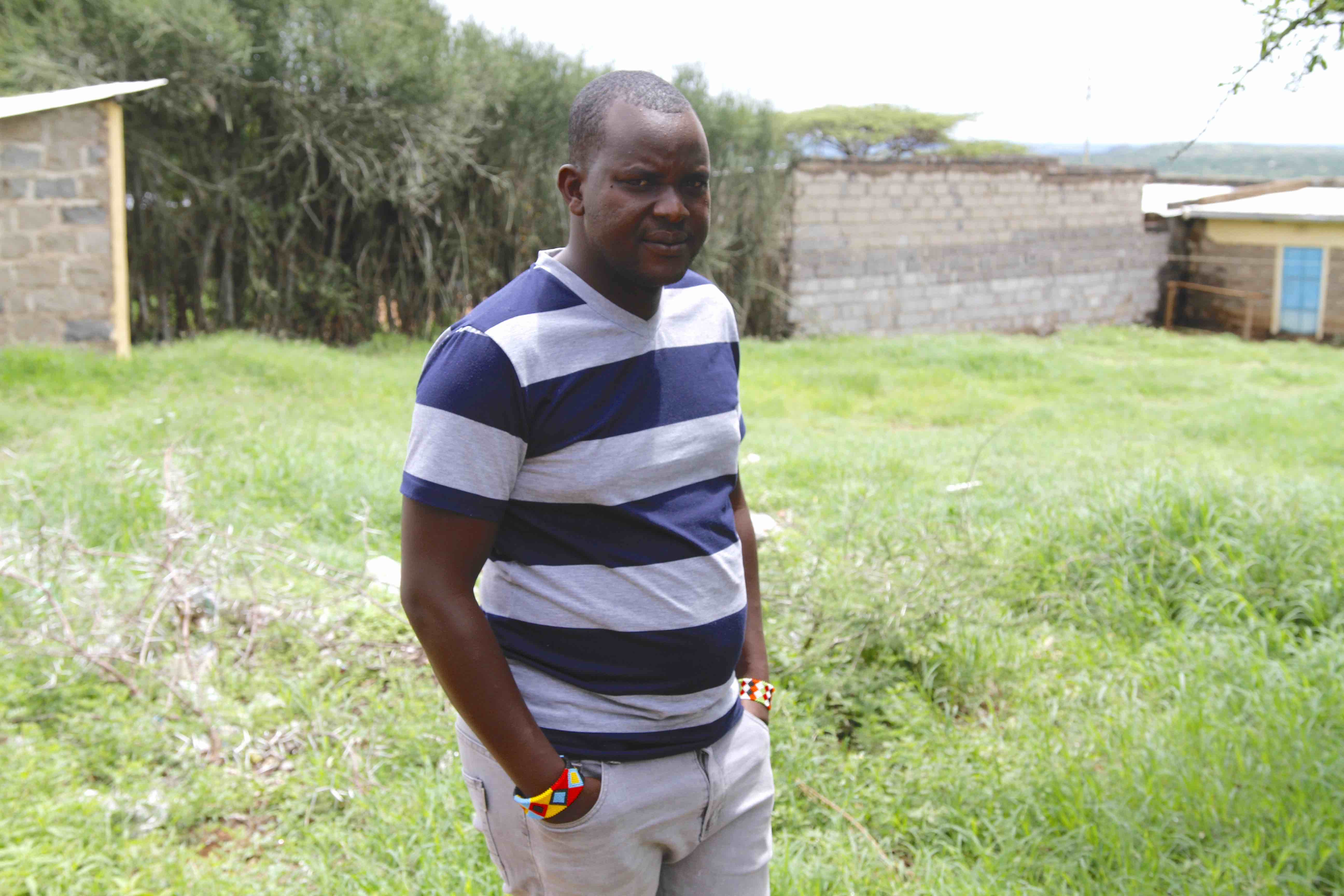
The longer periods of drought caused by the climate crisis, followed by heavy rainfall, are further eroding the soil. Erosion is increasing, as is water scarcity. It’s a vicious circle. From the air, the desolation of the landscape in northern Kenya can be seen with the naked eye. This is also the case in the Naibunga Community conservation area.
“When we analyse the climate models, it becomes clear that heat stress will increase to such an extent that many areas in Kenya will also become uninhabitable,” Heinimann says.
These are local developments with global consequences: around a third of the global storage capacity of CO2 is due to pastureland. According to a report by the UN Convention to Combat Desertification, half of the world’s grasslands, such as steppes and savannahs, are in a desolate state. Only a few grasses are still growing and invasive bushes are spreading. The soil is drying out and the land is turning into desert.
Simple solution
The UN commission of experts advises preserving and promoting pastoralism in order to protect grazing land.
In Kenya, however, the population’s trust in the authorities and private organisations has been systematically destroyed over the decades through systematic marginalisation and many empty promises.
The Wyss Academy wants to avoid such mistakes. The talk is of co-design – working together with the population, with universities, with other NGOs. For example, the NGO JustdiggitExternal link, which is considered a pioneer in participatory land restoration in West Africa.
Justdiggit uses tried-and-tested techniques and campaigns globally for land restoration using nature-based methods. Crescent-shaped heaps of earth, known as bunds, are created in which savannah grasses and trees are planted. Thanks to the holes, the water penetrates through the dry soil into deeper layers that can store it.
The hole method explained:
That sounded like a fairy tale to Miliko. “I wondered how we were supposed to dig with shovels in this landscape. After three years of drought, the ground is as hard as concrete.”
But the method has been tried and tested in the Sahel for centuries. Justdiggit has partnerships in Tanzania and Kenya and a broad donation base. Millions of bunds are said to have been created in the past ten years.
The idea found its way to the Green Earth Warriors via the East Africa Hub of the Wyss Academy. And so, within two years, 5,000 crescents were shovelled.
Edible mushrooms and elephant dung
However, one-dimensional solutions do not help in the long term because more grazing land also attracts more livestock. Then the vicious circle starts all over again. Alternatives to livestock farming are therefore needed.
This is why the Wyss Academy in Kenya is already promoting the organic production of gum arabic in pilot projects. As well as edible mushrooms that thrive on an extract of elephant dung, a new method that was co-developed by scientists at the Kenya National Museum.
Miliko and his Green Earth Warriors have high hopes for the mushrooms. But they have less patience than the foundation. “I keep getting calls from people in Naibunga who want to do the same, but so far I don’t have the money to expand,” he says.
The Wyss Academy is aware of the urgency, but says the project is still in a test phase. Many issues are still unresolved, such as market acceptance or how the mushrooms can be produced with fewer resources. “It takes time if you want to do the right thing,” Heinimann says.
In Kenya, you often hear: “The Europeans have money, we have time.” But time is also in short supply in northern Kenya.
Edited by Marc Leutenegger. Translated from German by DeepL/ts

More
Our weekly newsletter on geopolitics

In compliance with the JTI standards
More: SWI swissinfo.ch certified by the Journalism Trust Initiative



























You can find an overview of ongoing debates with our journalists here . Please join us!
If you want to start a conversation about a topic raised in this article or want to report factual errors, email us at english@swissinfo.ch.